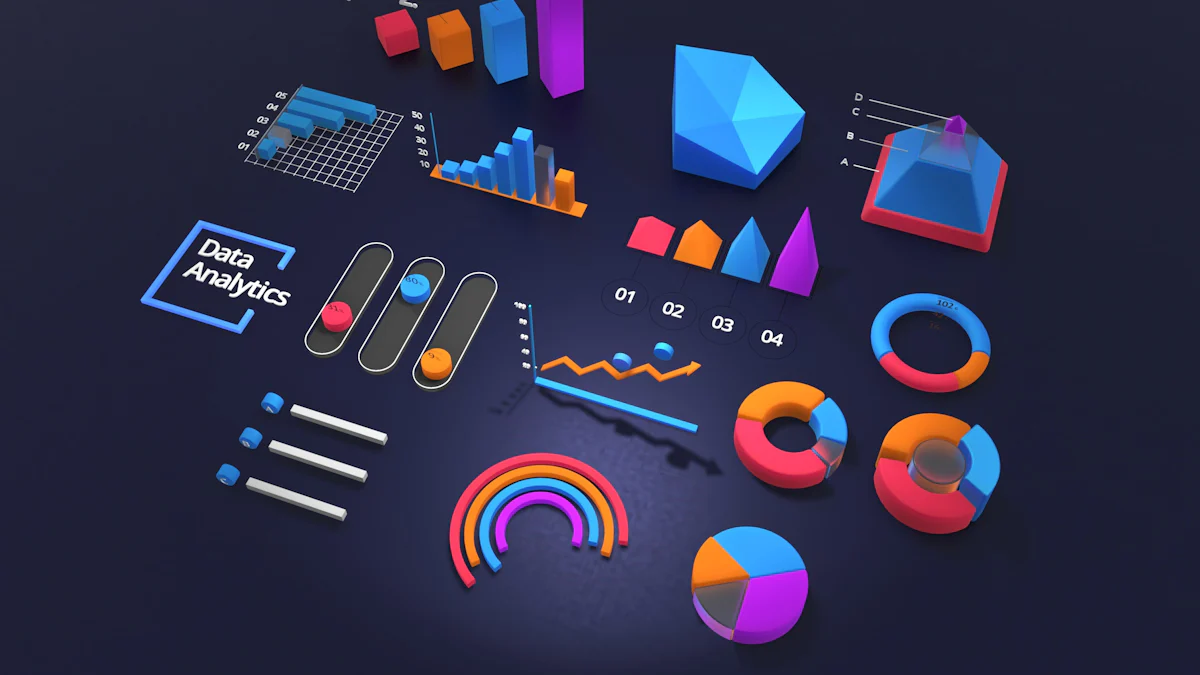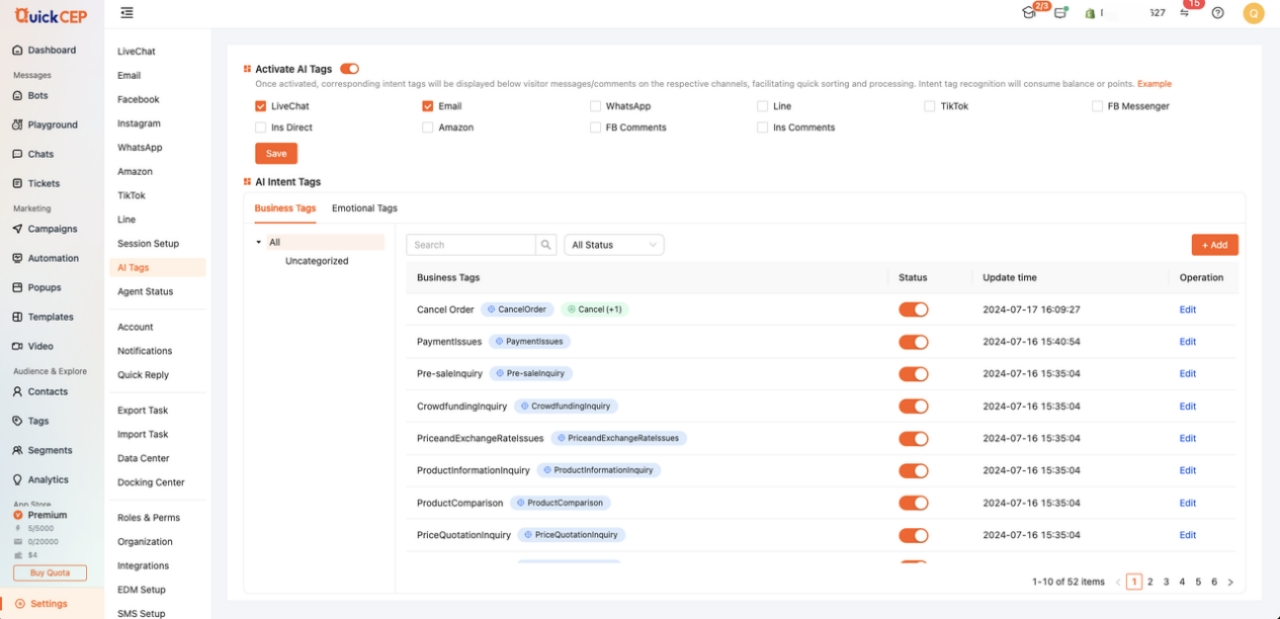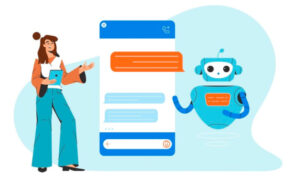Customer segmentation divides customers into groups based on shared traits. This process helps businesses understand customer needs and behaviors. Companies that tailor offerings to these segments often see a revenue increase of 10% to 15%. Segmented campaigns can boost revenue growth by up to 760%. Customer segmentation enhances marketing effectiveness, leading to improved customer retention and loyalty. Businesses can learn more about their customers, creating new growth opportunities. Understanding customer behavior allows for personalized communication, which influences buying decisions.
What is Customer Segmentation?
Definition and Purpose
Customer segmentation involves dividing a company’s customer base into distinct groups. Each group shares common characteristics. This practice allows companies to tailor their marketing strategies. Businesses can better meet the needs of each segment. The purpose of customer segmentation is to enhance marketing effectiveness. Companies can achieve this by targeting specific audiences with personalized messages.
Key Characteristics of Segmentation
Segmentation relies on identifying key characteristics within a market. These characteristics include demographics, behaviors, and preferences. Companies analyze these factors to create meaningful segments. Effective segmentation requires clear criteria for grouping customers. Each segment should be distinct and measurable. This approach ensures that marketing efforts reach the intended audience.
Importance in Marketing
Customer segmentation plays a crucial role in marketing. It enables companies to focus their resources on high-potential segments. By understanding customer needs, businesses can craft targeted campaigns. These campaigns resonate with specific audiences. Companies can increase engagement and drive growth. Segmentation also helps in optimizing marketing budgets. Businesses can allocate resources more efficiently.
Historical Context
Evolution of Segmentation Techniques
The concept of market segmentation emerged in the early twentieth century. Initially, marketers focused on broad demographic categories. In the 1950s, segmentation became a formal part of marketing practice. Marketers began exploring lifestyles, attitudes, and values. This shift allowed for more precise targeting. Behavioral segmentation gained prominence in the 2000s. Companies now emphasize customer behavior and preferences.
Impact of Technology on Segmentation
Technology has transformed customer segmentation. Advanced tools enable companies to gather and analyze vast amounts of data. Businesses can now segment customers based on real-time interactions. Social media and email analytics provide valuable insights. Companies use these insights to refine their marketing strategies. Technology allows for dynamic and responsive segmentation. This adaptability enhances customer engagement and satisfaction.
Types of Customer Segmentation

Demographic Segmentation
Demographic segmentation divides customers into groups based on characteristics like age, gender, and income. This approach helps businesses tailor products to specific needs. For example, a company might target young adults with trendy fashion items.
Age, Gender, Income
Age plays a crucial role in determining preferences. Younger audiences often seek innovation, while older customers may value reliability. Gender can influence product choices, such as cosmetics or clothing. Income levels affect purchasing power and product affordability.
Education and Occupation
Education impacts consumer knowledge and decision-making. Highly educated individuals might prefer detailed product information. Occupation influences lifestyle and spending habits. Professionals may seek convenience, while students might prioritize budget-friendly options.
Geographic Segmentation
Geographic segmentation focuses on dividing customers by location. Businesses can create targeted campaigns for different regions. This approach considers climate, culture, and local trends.
Regional Preferences
Regional preferences vary widely. A product popular in urban areas might not appeal to rural customers. Companies need to understand these differences to succeed in diverse markets.
Urban vs. Rural Markets
Urban markets often demand fast-paced solutions. Rural areas might prioritize durability and practicality. Understanding these distinctions helps businesses develop suitable products for each segment.
Psychographic Segmentation
Psychographic segmentation examines lifestyle and values. This method goes beyond demographics to understand customer motivations. Companies can create deeper connections with their audience.
Lifestyle and Values
Lifestyle choices reflect how people spend time and money. Some customers value sustainability, while others seek luxury. Aligning products with these values enhances brand loyalty.
Personality Traits
Personality traits influence buying behavior. Adventurous individuals might try new products, while cautious ones prefer trusted brands. Recognizing these traits allows for personalized marketing strategies.
Behavioral Segmentation
Behavioral customer segmentation focuses on dividing customers based on their actions and decisions. This approach helps businesses understand how customers interact with products and services. Companies can use this information to tailor marketing strategies and improve customer engagement.
Purchasing Habits
Purchasing habits reveal valuable insights into customer behavior. Businesses analyze buying patterns to identify trends and preferences. For example, frequent buyers might prefer discounts or loyalty programs. Occasional shoppers may respond better to limited-time offers. Understanding these habits allows companies to create targeted promotions that resonate with specific groups.
Brand Loyalty
Brand loyalty plays a crucial role in behavioral segmentation. Loyal customers often exhibit consistent purchasing behavior. These customers are more likely to recommend products to others. Companies can focus on nurturing these relationships through personalized experiences. Offering exclusive rewards or early access to new products can strengthen loyalty. Behavioral segmentation separates customers based on their level of brand commitment, helping businesses allocate resources effectively.
Benefits of Customer Segmentation
Enhanced Marketing Strategies
Targeted Advertising
Customer segmentation allows businesses to create targeted advertising campaigns. Companies can focus on specific customer groups with tailored messages. This approach increases the effectiveness of marketing efforts. Businesses can achieve higher engagement rates by delivering relevant content. Twilio offers tools that help in crafting these targeted campaigns. Twilio Engage enhances the ability to reach the right audience. Companies can use data-driven insights to refine their advertising strategies.
Personalized Customer Experience
Personalized customer experiences result from effective segmentation. Businesses can understand individual preferences and needs. This understanding leads to customized interactions with customers. Companies can offer personalized recommendations and services. Twilio Engage supports the creation of these unique experiences. Customers feel valued when they receive attention tailored to their interests. Personalization strengthens customer relationships and loyalty.
Improved Product Development
Identifying Market Needs
Customer segmentation aids in identifying market needs. Businesses can analyze different segments to uncover unmet demands. Understanding these needs guides product development efforts. Companies can design products that resonate with specific customer groups. Twilio provides insights that help recognize these opportunities. Businesses can stay ahead of competitors by addressing unique market requirements.
Innovation and Customization
Innovation thrives when businesses focus on customer segments. Companies can customize products to meet the preferences of each group. Twilio Engage facilitates the integration of customer feedback into product design. Businesses can experiment with new ideas and features. Customization enhances the appeal of products in diverse markets. Companies can drive growth by offering innovative solutions.
Increased Customer Retention
Building Customer Loyalty
Customer loyalty grows through targeted engagement strategies. Businesses can nurture relationships with loyal customers. Twilio Engage offers tools to maintain consistent communication. Companies can reward loyalty with exclusive offers and incentives. Loyal customers often become brand advocates. Businesses can leverage these relationships to expand their reach.
Reducing Churn Rates
Reducing churn rates is crucial for business success. Customer segmentation helps identify at-risk customers. Companies can implement retention strategies to address their concerns. Twilio provides insights into customer behavior and preferences. Businesses can proactively engage with customers to prevent churn. Effective retention efforts lead to sustained revenue and growth.
Techniques for Effective Segmentation

Data Collection Methods
Surveys and Questionnaires
Surveys and questionnaires serve as vital tools for gathering customer data. Businesses can use these methods to collect information directly from customers based on their preferences and needs. Surveys help create customer segments by providing insights into customer behavior segmentation. Companies can analyze customer segmentation data to understand trends and patterns. This analysis helps businesses tailor their marketing strategies effectively.
Social Media Analytics
Social media analytics offer a powerful way to gather customer data. Platforms like Facebook and Twitter provide valuable insights into customer interactions and preferences. Businesses can use social media analytics to track customer actions and behaviors. This data helps companies create targeted marketing campaigns. Social media analytics also allow businesses to check customer segmentation and prioritize customer segmentation effectively.
Analytical Tools and Software
CRM Systems
Customer Relationship Management (CRM) systems are essential for effective customer segmentation strategies. These systems store and manage customer data efficiently. CRM systems help businesses analyze customer segmentation by organizing data into meaningful categories. Companies can use CRM systems to identify customer segments and tailor their marketing efforts accordingly. CRM systems also enhance customer segmentation analysis by providing real-time insights.
Predictive Analytics
Predictive analytics play a crucial role in understanding customer behavior. Businesses can use predictive analytics to forecast future trends and customer needs. This approach helps companies create effective customer segmentation strategies. Predictive analytics enable businesses to anticipate customer actions and tailor their offerings accordingly. Companies can improve customer satisfaction by aligning their products with customer preferences.
Implementing Segmentation Strategies
Aligning with Business Goals
Aligning segmentation strategies with business goals is essential for success. Businesses must ensure that their segmentation efforts support overall objectives. Companies should focus on creating customer segments that align with their target audience. This alignment helps businesses achieve higher conversion rates and customer satisfaction. Effective customer segmentation requires continuous evaluation and adjustment to meet changing market demands.
Leveraging QuickCEP for Enhanced Segmentation:
QuickCEP, a powerful customer segmentation tool, can significantly streamline and improve the process. Its AI-driven capabilities allow for automatic recognition of customer emotions and intents, enabling precise customer tagging and classification. This eliminates the need for manual labor and ensures accurate segmentation based on customer behavior.
-
AI Intent Tags: QuickCEP’s AI Intent Tags feature automatically assigns tags to chat messages and social media comments based on their content. This allows businesses to quickly identify and prioritize conversations related to specific customer intents, such as order cancellations or returns.

-
Customization and Flexibility: Businesses can customize their tag rules using intents, keywords, or regular expressions to match their specific needs. This ensures that the segmentation aligns perfectly with their unique business objectives.

Continuous Monitoring and Adjustment
Continuous monitoring and adjustment are vital for maintaining effective customer segmentation. Businesses should regularly review customer segmentation data to identify emerging trends. Companies can use customer segmentation software to track changes in customer behavior. This ongoing analysis helps businesses refine their marketing strategies. Continuous monitoring ensures that businesses stay ahead of competitors and meet customer expectations.
Challenges and Considerations
Common Pitfalls
Over-segmentation
Over-segmentation occurs when businesses create too many customer groups. This practice can lead to confusion and inefficiency. Companies may struggle to manage multiple segments effectively. Resources become stretched thin, reducing marketing effectiveness. Businesses should focus on meaningful segments that provide real value.
Misinterpretation of Data
Misinterpretation of data poses a significant risk. Incorrect analysis can lead to poor decision-making. Companies might target the wrong audience or miss key opportunities. Accurate data interpretation requires skilled analysts and robust tools. Businesses must ensure data accuracy to avoid costly mistakes.
Ethical Considerations
Privacy Concerns
Privacy concerns arise with customer segmentation. Collecting personal data requires careful handling. Customers expect transparency about data usage. Companies must comply with regulations like GDPR. Protecting customer information builds trust and loyalty.
Transparency and Trust
Transparency fosters trust between businesses and customers. Clear communication about data practices is essential. Customers appreciate honesty regarding how their data is used. Building trust enhances brand reputation and customer relationships. Companies should prioritize ethical practices in all interactions.
Future Trends
AI and Machine Learning
AI and machine learning are transforming customer segmentation. These technologies enable more precise targeting. Companies can analyze vast amounts of data quickly. AI helps identify patterns and predict future behavior. Businesses can enhance engagement through personalized experiences.
Integration with Omnichannel Marketing
Integration with omnichannel marketing offers new opportunities. Customers interact with brands across multiple platforms. Consistent messaging strengthens brand identity. Companies can use segmentation to tailor messages for each channel. This approach improves customer satisfaction and loyalty.
Customer segmentation empowers businesses to tailor strategies effectively. Understanding customer needs enhances marketing and product development. Segmentation holds strategic importance for driving growth and engagement. Ethical considerations, like privacy and fairness, remain crucial. Companies must ensure transparency and non-discrimination in practices. Apply these techniques to refine business strategies and foster customer loyalty. Embrace segmentation to unlock new opportunities and achieve success.
See Also
Expert Strategies for Customer Loyalty: A Detailed Blueprint
Becoming a Pro at Customer Growth: Essential Startup Tips
Integrating AI for Customer Support: A Comprehensive Approach
Optimizing Returns with Automated Customer Care
Exploring ChatGPT: Enhancing Small Business Marketing and Customer Interaction



